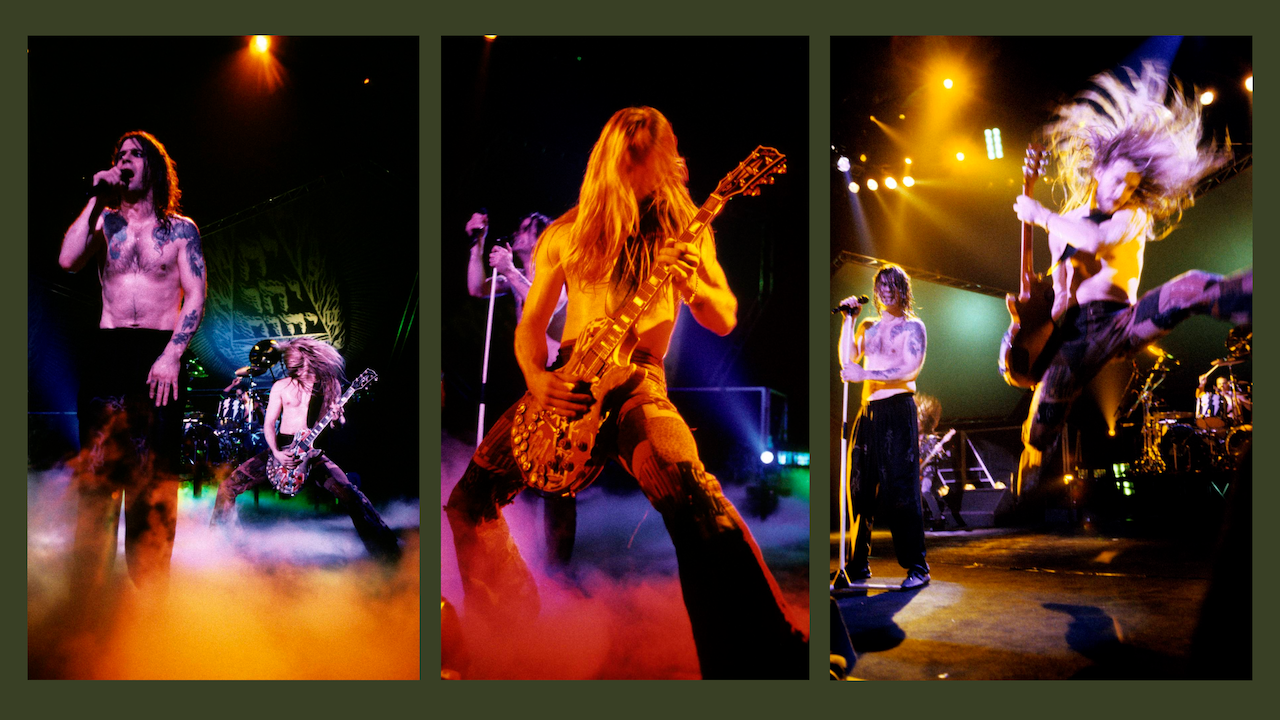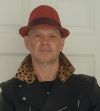How Lynyrd Skynyrd, Molly Hatchet and "the Randy Rhoads school of soloing" helped Ozzy Osbourne and Zakk Wylde write No More Tears
Zakk Wylde talks through the making of Ozzy Osbourne’s immortal 1991 track, No More Tears

Zakk Wylde knew he had big shoes to fill when he joined Ozzy Osbourne’s band in 1987. Tony Iommi, Randy Rhoads and Jake E. Lee had preceded him as Ozzy’s guitarists, and each had proven influential to his own playing. Wylde quickly found his footing, both as Osbourne’s guitarist and songwriting foil, co-creating the nine cuts on the singer’s 1988 album, No Rest for the Wicked. But perhaps no song in their shared canon stands as tall as No More Tears, the title track from Ozzy’s 1991 album, the second studio effort to feature Wylde.
A large part of the record’s success was Wylde’s distinctive guitar work, a mix of grinding riffs and his signature pinch harmonics. But as the guitarist points out, it was all done in service of the song. “The song always comes first for Ozzy,” he says. “That was an important reminder for me when it came to making No More Tears.”
As Wylde recalls, No More Tears virtually wrote itself in rehearsals for the album sessions with bassist Mike Inez, drummer Randy Castillo and keyboardist John Sinclair. “Mike was actually the instigator of the whole song,” Wylde explains. “He came up with the bass line. Then Randy came in on the drums, exactly like it was on the record. They were just jamming on that groove, and then, again just like the record, John Sinclair came in with the keyboard line, so it was already sounding really great from the moment it was created.
“I had a slide with me, and I was thinking about all those bands like Lynyrd Skynyrd and Molly Hatchet that I liked, which was what inspired the slide lines that I started playing — almost like a Freebird feel. What’s funny is that the way we jammed it is almost exactly how it came out on the record.”
Osbourne was quick to see the potential in what they had created. “Ozzy started singing some words as we were working through it, and then I came up with the riffs that answered his lines,” Wylde explains. The crescendo leading into the solo took a little more work. “We took some time to figure out how to go into that big change in the middle for the buildup and then break down before my solo. It was all routined before we got into the studio.
“I’d started to come up with some ideas on the piano, and John was playing around with different inversions on the synth. I think it’s really arresting the way that everything just drops out and then comes back with the piano. It takes the song somewhere else for a moment.”
Despite Inez’s role in the song’s creation, the bass part was recorded by Ozzy’s longtime collaborator, Bob Daisley. As for Wylde, he knew that he had to pull something special out of the bag.
All the latest guitar news, interviews, lessons, reviews, deals and more, direct to your inbox!
“I was wondering where I was going to go with the solo,” he says. “It’s a blues-based syncopated solo, but I really sat and worked on the crescendo parts to get something that totally clicked.”
Wylde is a big fan of the written guitar solo, where the nuances are pre-planned and carefully constructed. “That’s the Randy Rhoads school of soloing, where you sit and compose the solo. Things like Hotel California or You Shook Me All Night Long — you can’t play the song without playing the solo exactly as it was recorded. I usually get a homework CD of a track so I can work on it until I get something I’m happy with.”
The gear that Wylde used for the song was his standard rig at that time. “It was just my Les Paul through a Marshall JCM800 2203 amp and cabinets fitted with 75-watt Celestions. The solo was just the one guitar. I didn’t double-track or anything. I didn’t use anything too fancy for the Ozzy records.”
Considering that No More Tears tracks in at more than seven minutes, Wylde was as surprised as anyone when it was chosen to be a single. He was even more shocked when the nearly six-minute edited version became a hit.
“I couldn’t believe something even that long could be a single,” he says. “But hell, what do I know? I didn’t think it was an exceptional track when we finished it. [The No More Tears cut] Mama, I’m Coming Home stood out as an obvious single. I sure as hell didn’t realize this would be the one song that people would always ask me about.”
Mark is a freelance writer with particular expertise in the fields of ‘70s glam, punk, rockabilly and classic ‘50s rock and roll. He sings and plays guitar in his own musical project, Star Studded Sham, which has been described as sounding like the hits of T. Rex and Slade as played by Johnny Thunders. He had several indie hits with his band, Private Sector and has worked with a host of UK punk luminaries. Mark also presents themed radio shows for Generating Steam Heat. He has just completed his first novel, The Bulletproof Truth, and is currently working on the sequel.

